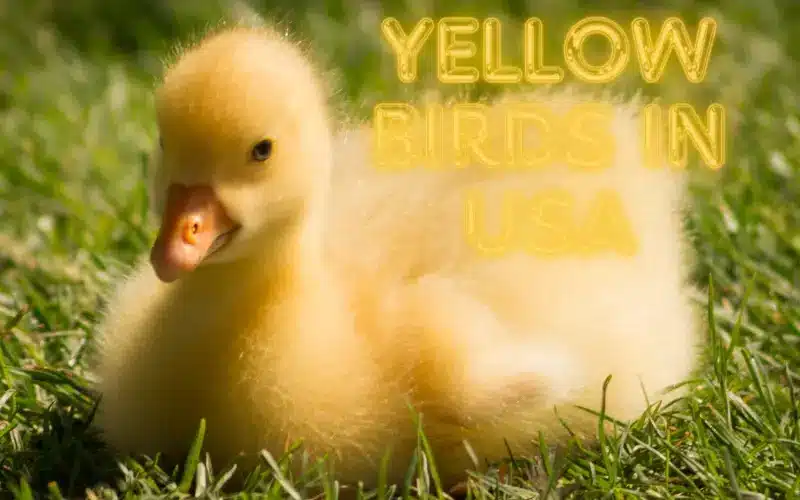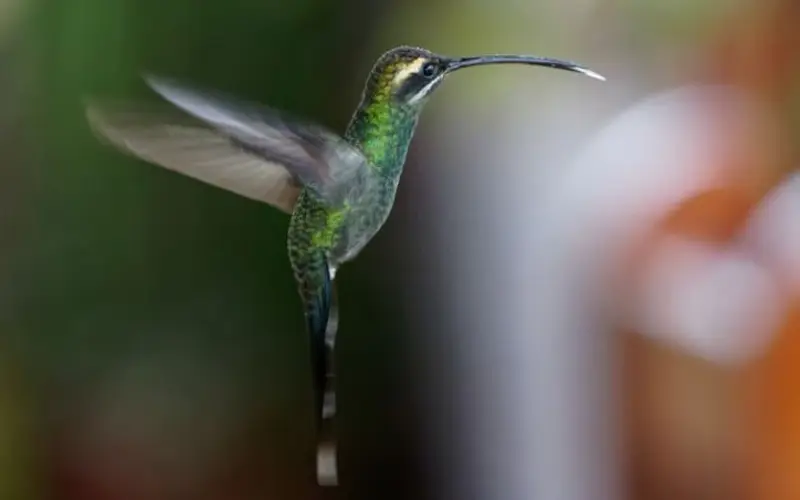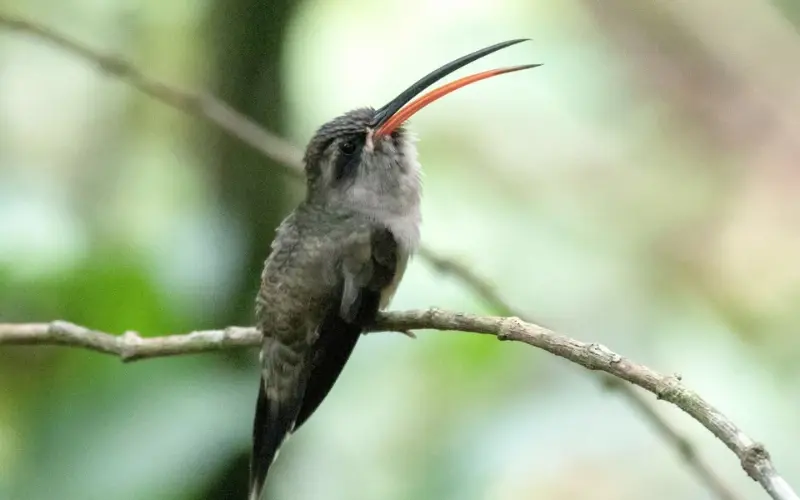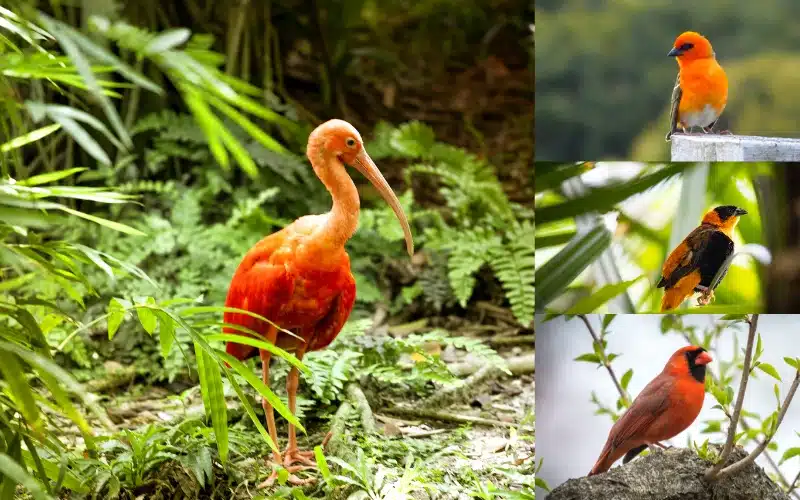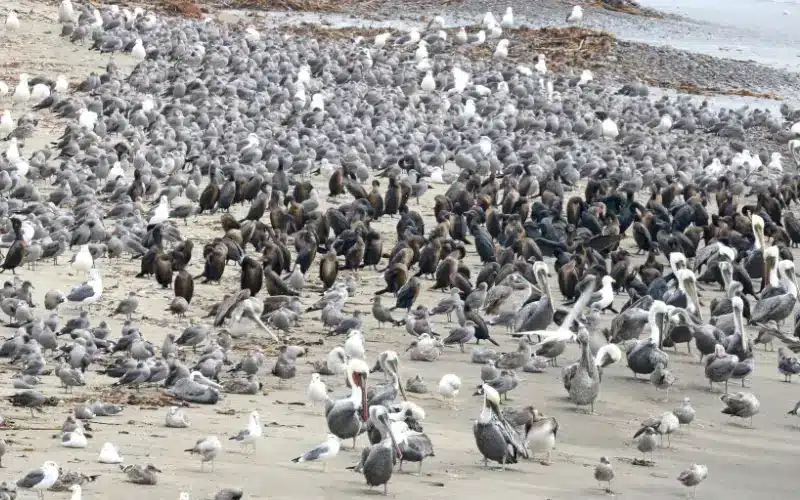The Western capercaillie, also known by its scientific name Tetrao urogallus, is a magnificent bird species that inhabits the forests and wooded areas of Europe and parts of Asia. This striking bird is renowned for its large size, vibrant plumage, and elaborate courtship displays, making it a subject of fascination for bird enthusiasts and conservationists alike.
Habitat and Distribution
The Western capercaillie thrives in coniferous and mixed forests, preferring dense, mature woodlands with ample cover and suitable foraging opportunities. Its range extends across various countries in Europe, including Scandinavia, Russia, the Baltic states, and parts of Central Europe. In Asia, it can be found in countries such as Mongolia and Kazakhstan.
Physical Characteristics
Male Western capercaillies are notably larger than females, with striking black plumage adorned with iridescent blue and green tones. During the breeding season, males display prominent red combs above their eyes and elongated tail feathers, which they use to attract females during courtship displays. Females, on the other hand, exhibit mottled brown plumage for camouflage, enabling them to blend seamlessly into their forest surroundings.
Behavior and Courtship Displays
One of the most captivating aspects of the Western capercaillie is its elaborate courtship rituals. During the mating season, male capercaillies gather in open areas known as leks, where they engage in spirited displays to compete for the attention of females. These displays involve a combination of vocalizations, wing-flapping, and posturing, with males vying for dominance and the opportunity to mate with receptive females.
Diet and Feeding Habits
Western capercaillies are primarily herbivorous, feeding on a varied diet of leaves, buds, berries, and other plant matter found within their forest habitats. They may also consume insects, particularly during the summer months when protein-rich food sources are abundant. Capercaillies forage on the forest floor, using their strong beaks to extract food from the ground and low-lying vegetation.
Threats and Conservation Status
Despite its remarkable adaptations and behaviors, the Western capercaillie faces numerous threats to its survival. Habitat loss and fragmentation due to deforestation, land development, and agricultural expansion pose significant challenges to capercaillie populations across its range. Additionally, human disturbance, including recreational activities such as hiking and hunting, can disrupt breeding and foraging behaviors, further impacting population dynamics.
Conservation Efforts of Western Capercaillie
Conservation initiatives aimed at protecting the Western capercaillie focus on habitat preservation, restoration, and sustainable land management practices. Efforts to conserve and restore mature forests, establish protected areas, and minimize human disturbance in critical habitats are essential for safeguarding capercaillie populations and promoting their long-term viability.
Conclusion
In conclusion, the Western capercaillie is a remarkable bird species that exemplifies the beauty and complexity of nature. From its stunning plumage to its intricate courtship displays, the capercaillie captivates the imagination and serves as a symbol of the rich biodiversity found in Europe’s forests. By addressing the threats facing this iconic species and implementing effective conservation measures, we can ensure a brighter future for the Western capercaillie and the ecosystems it inhabits.



